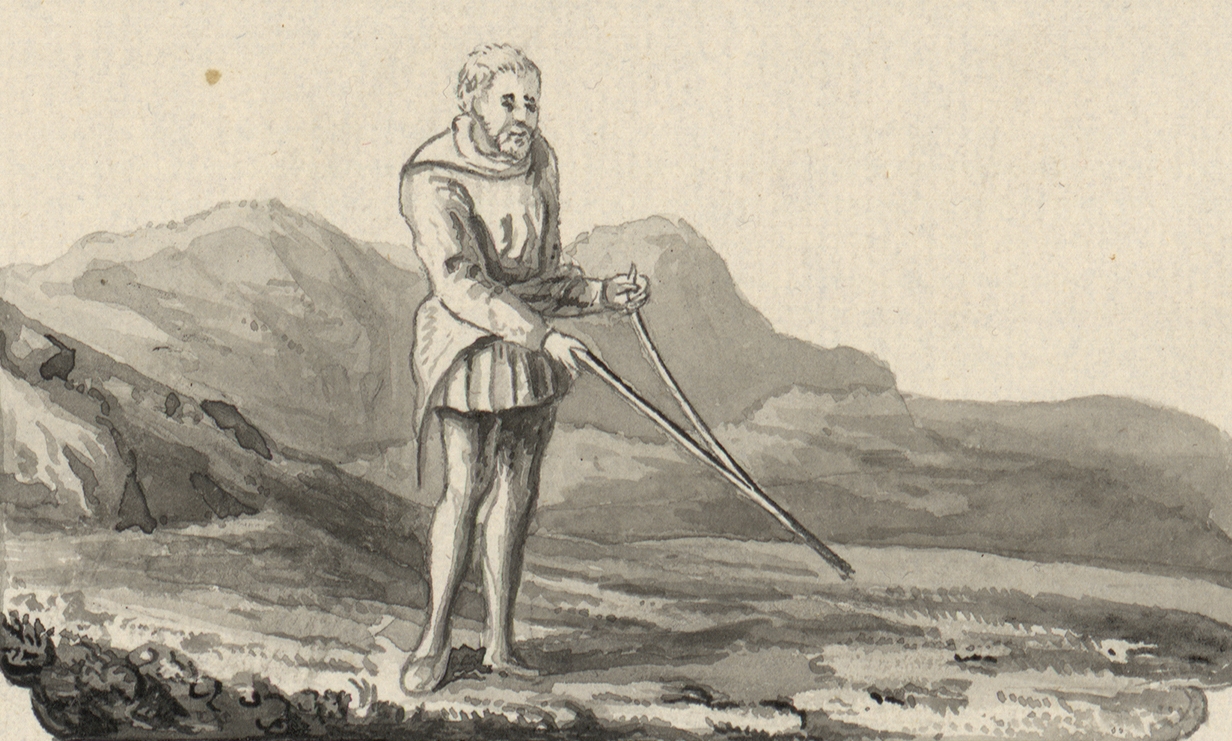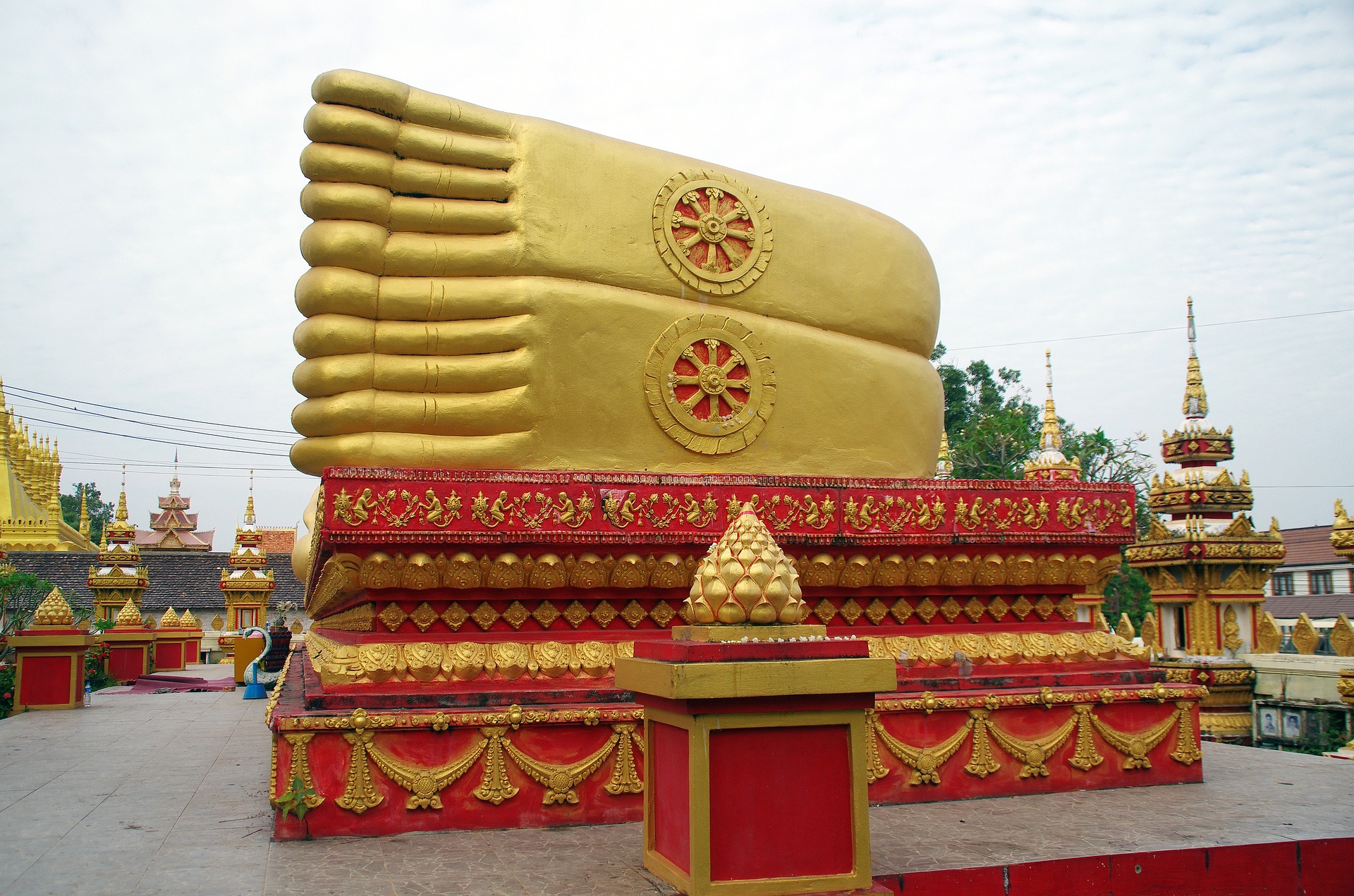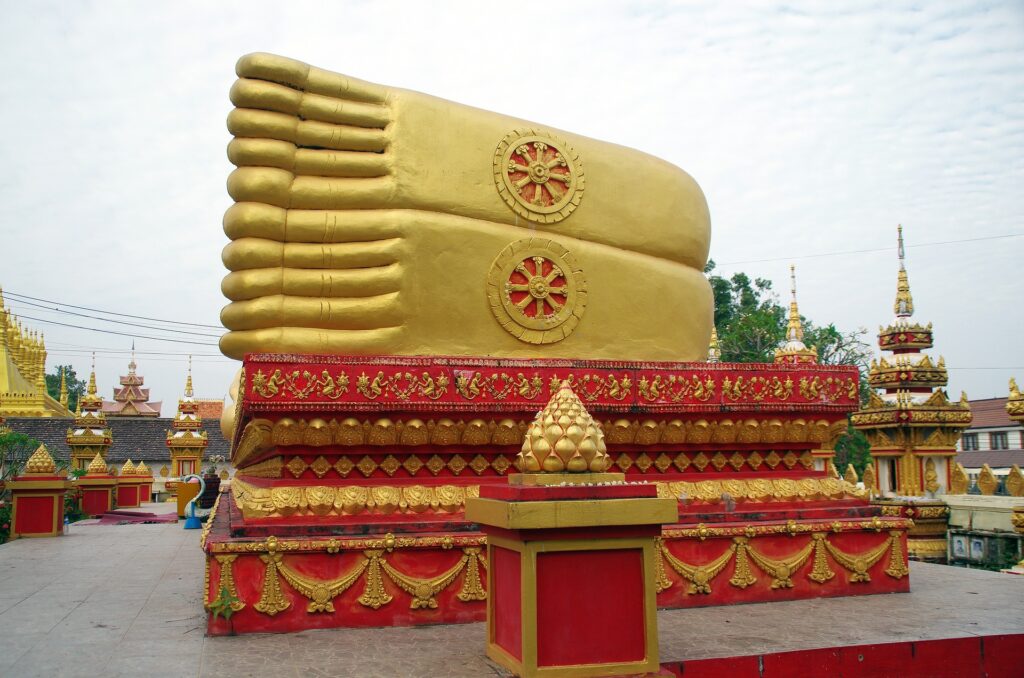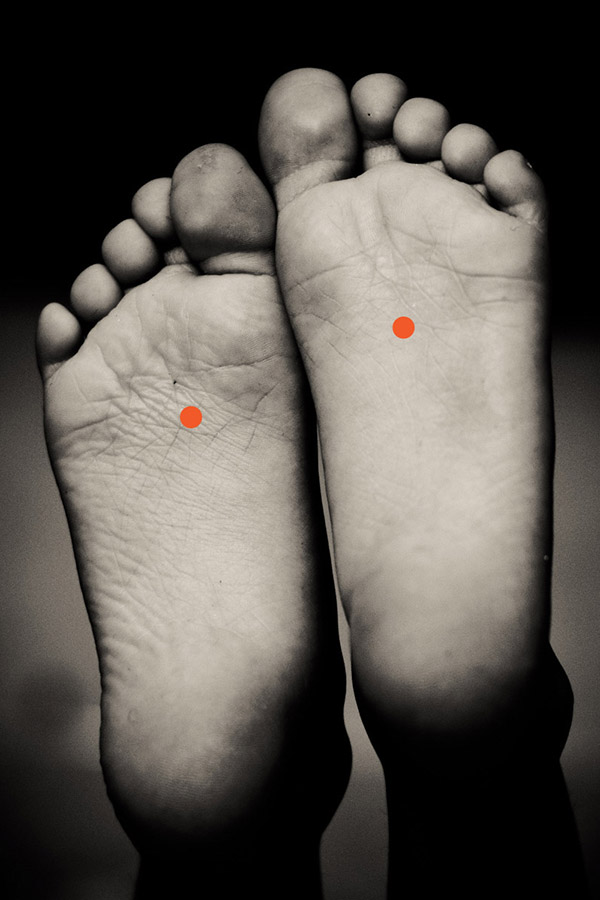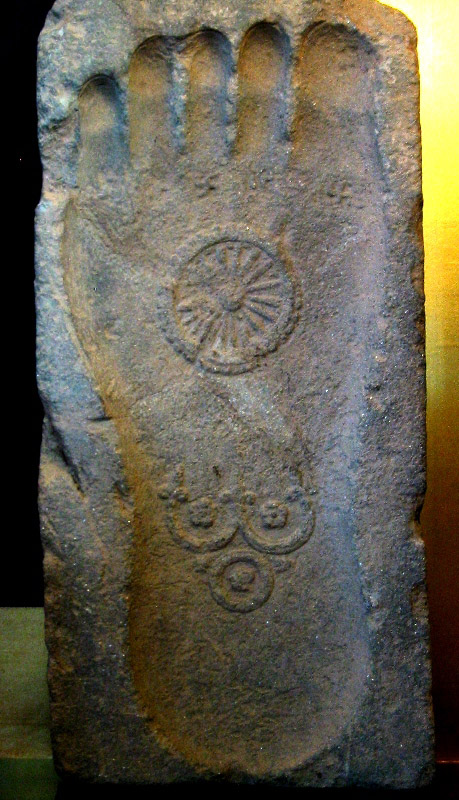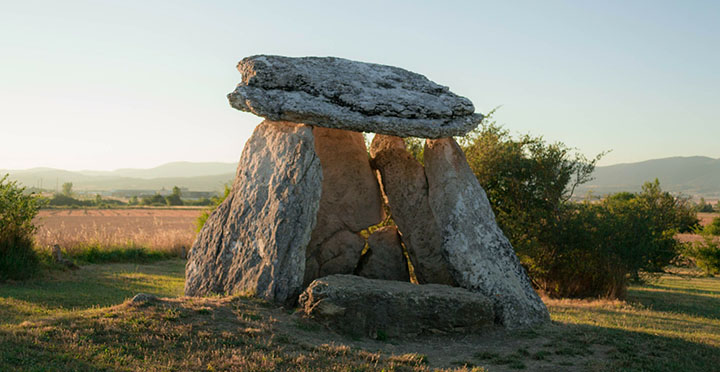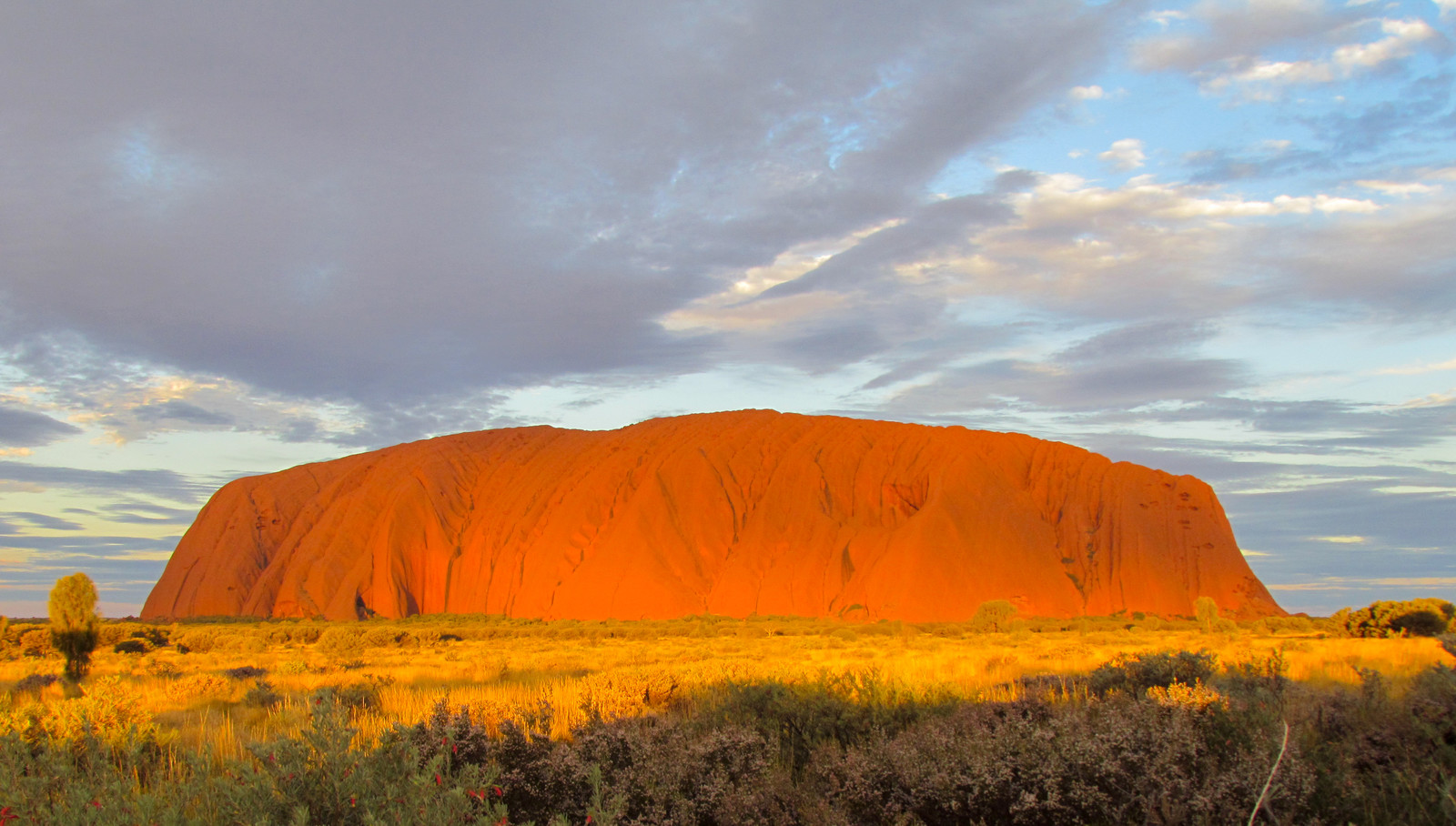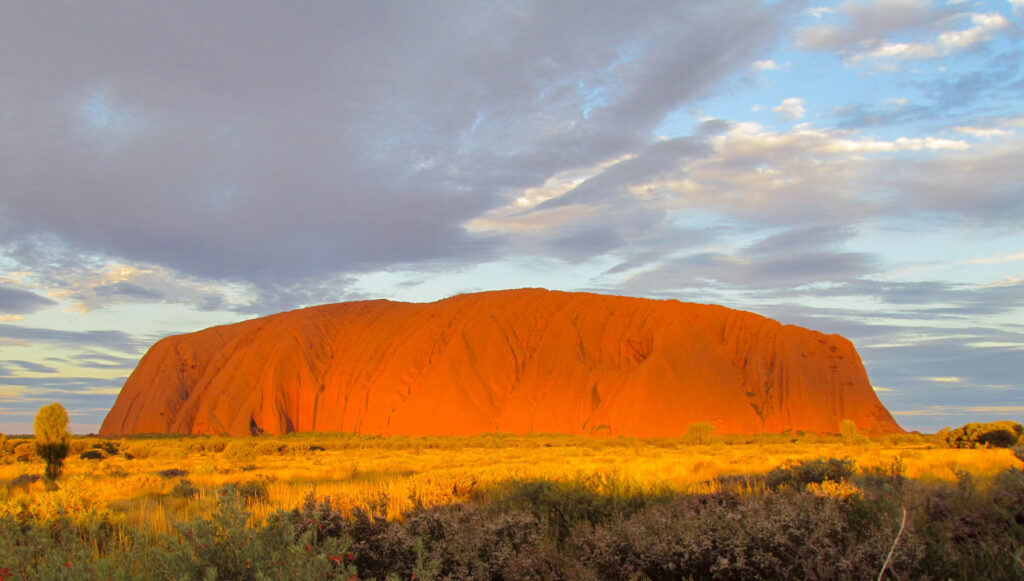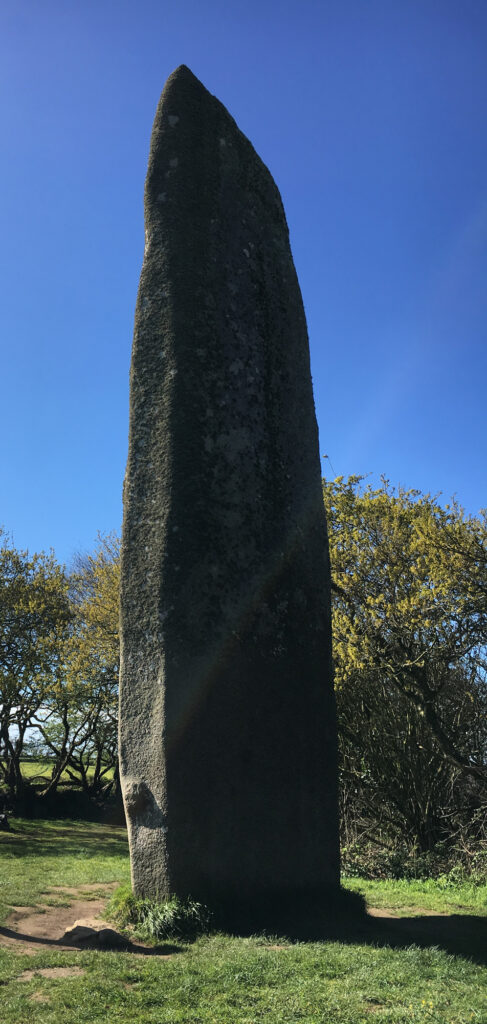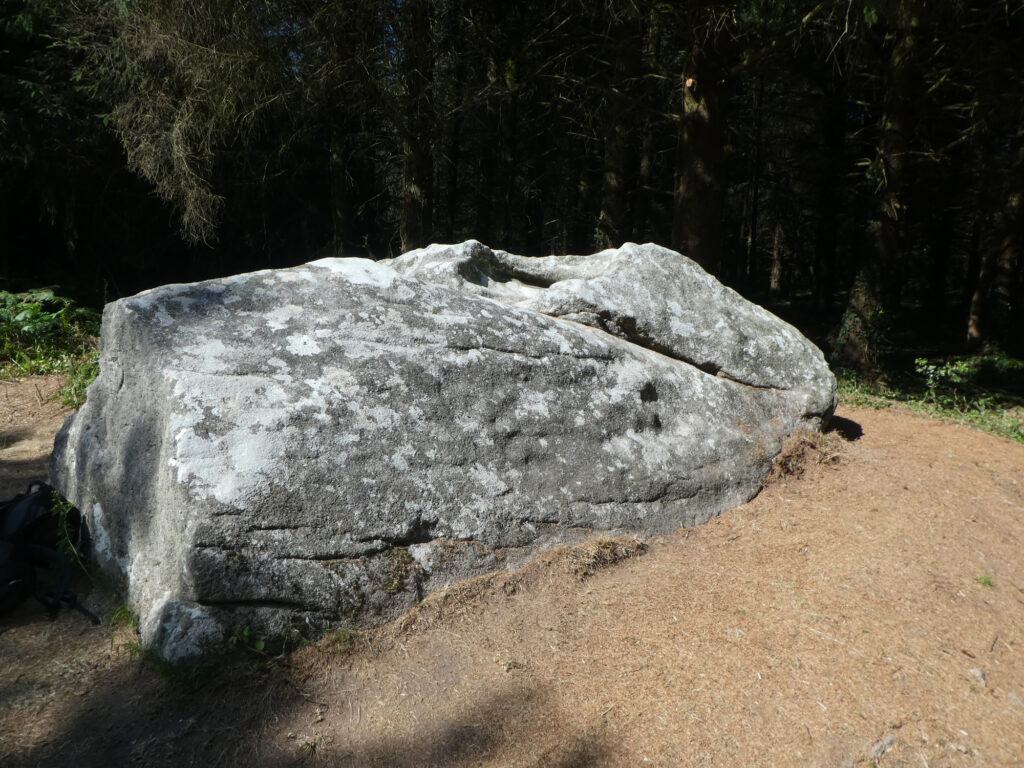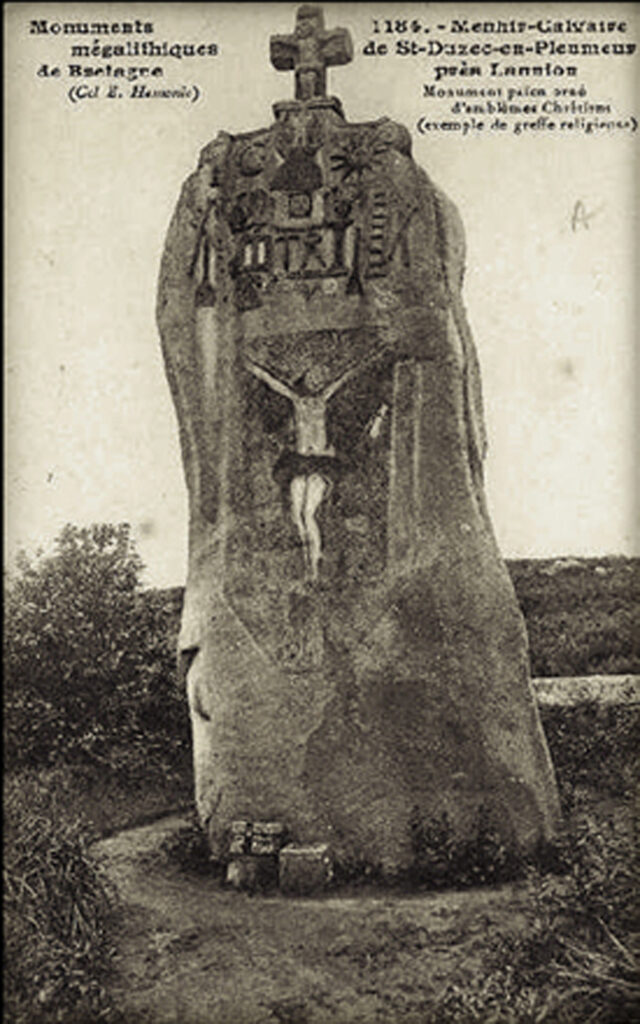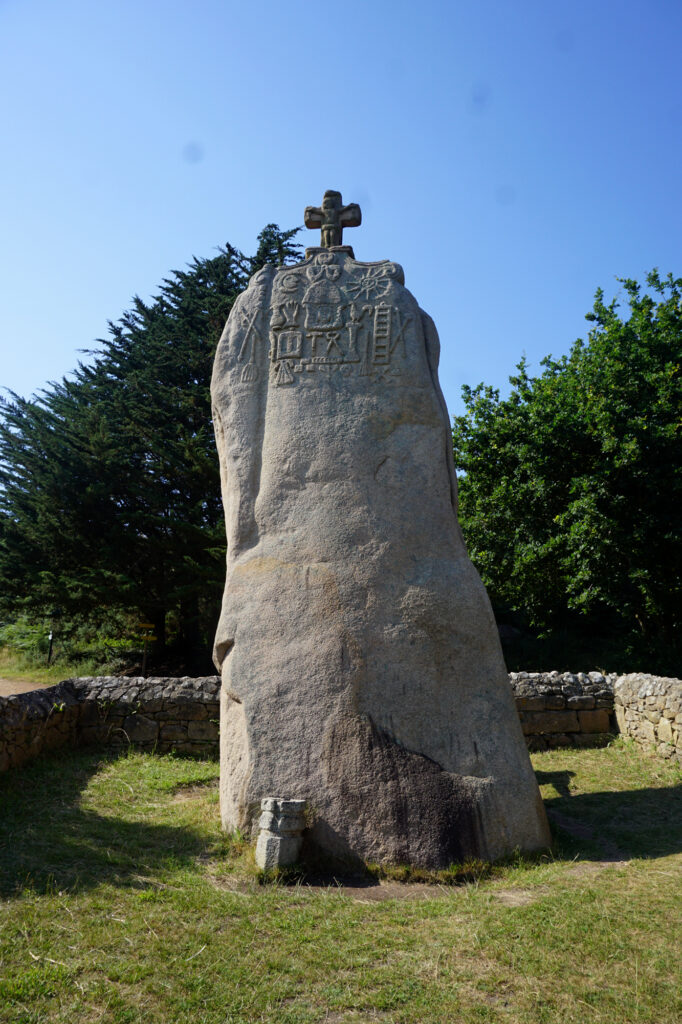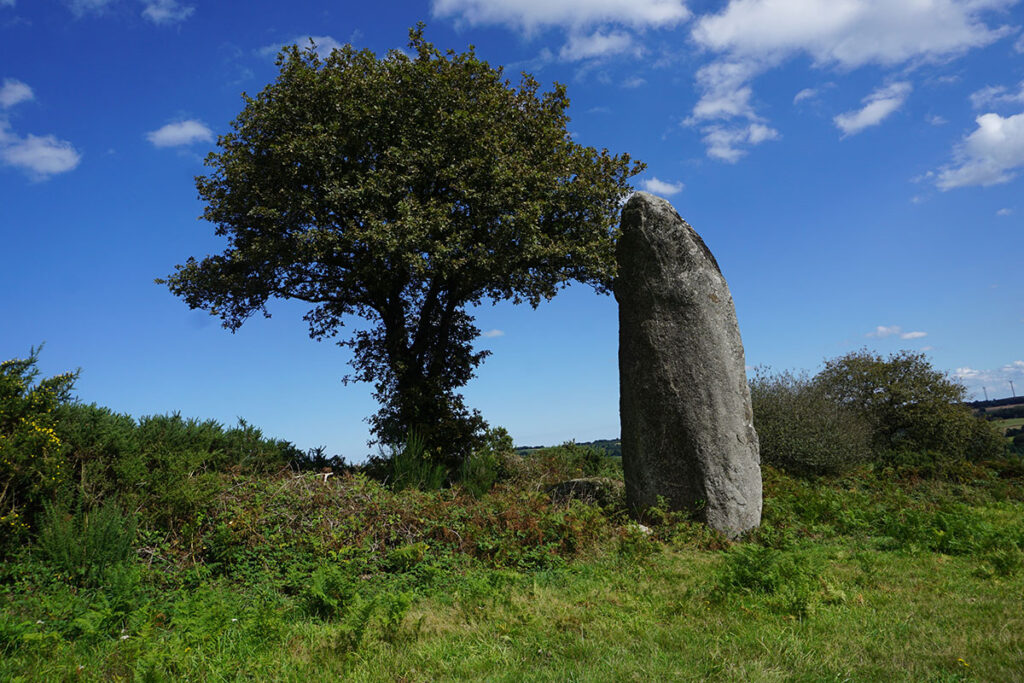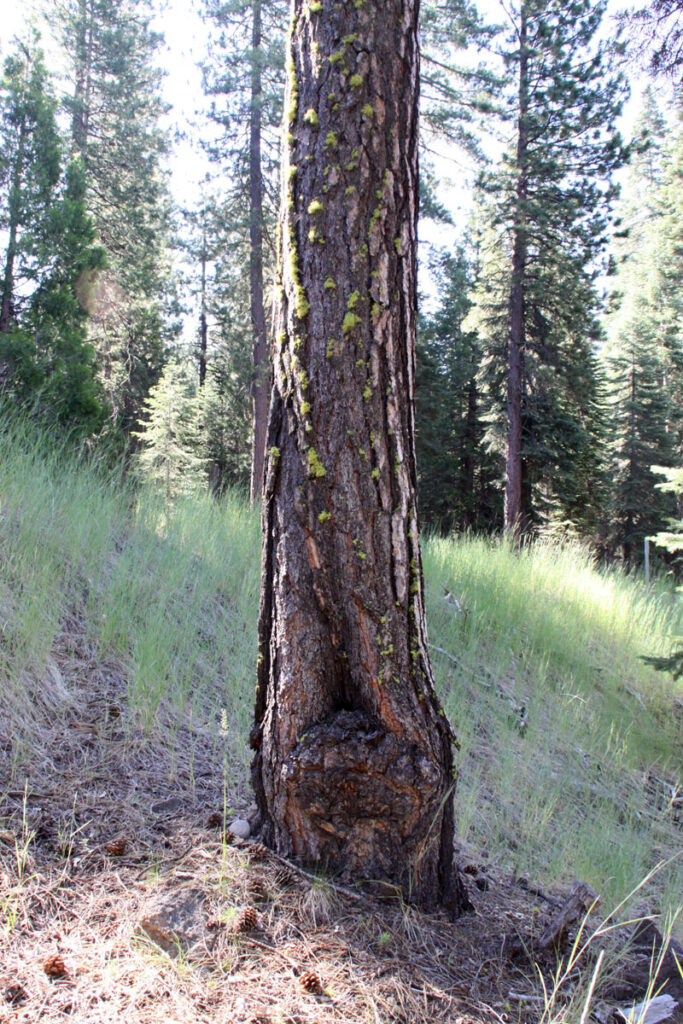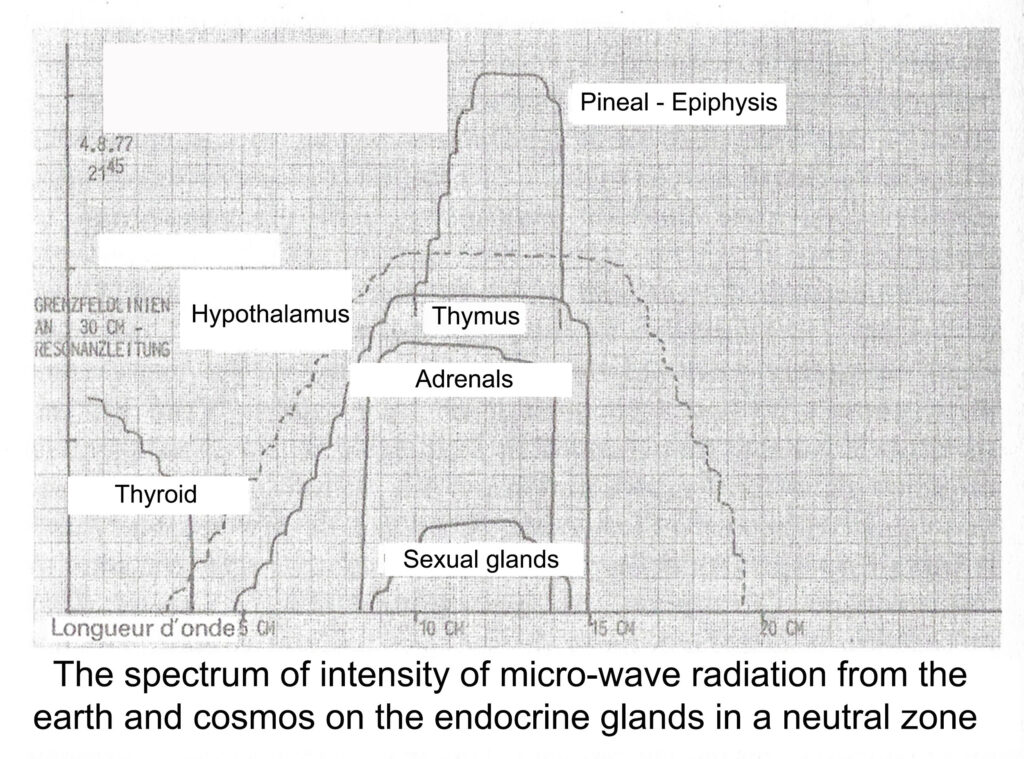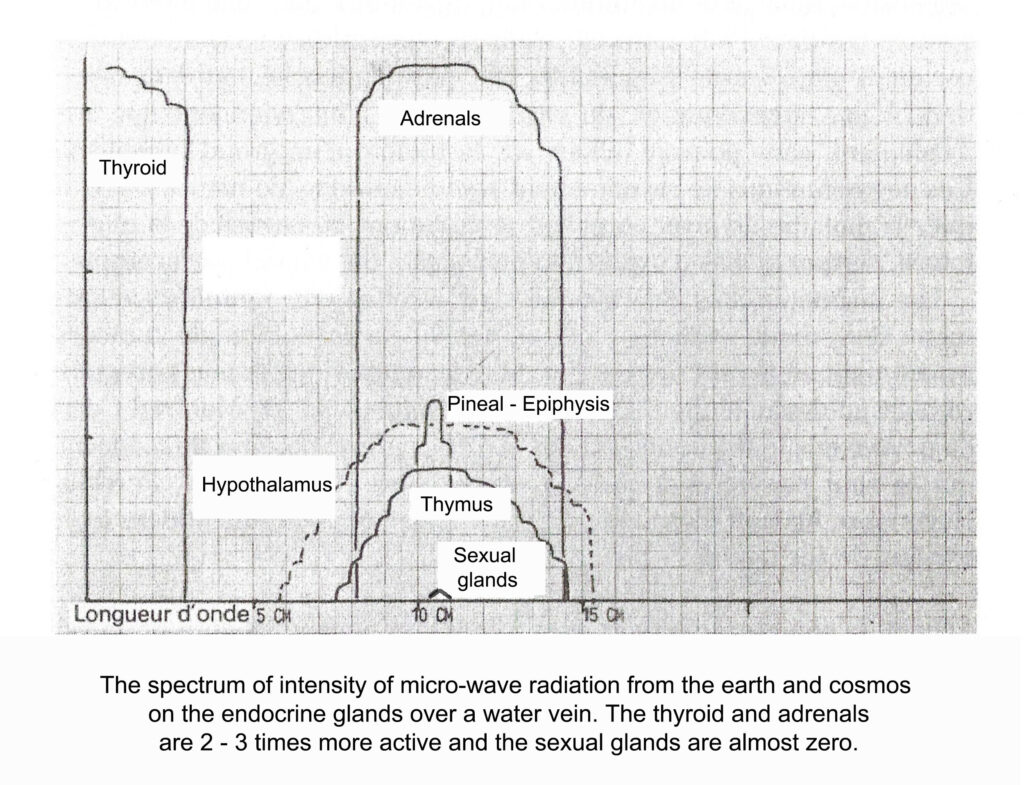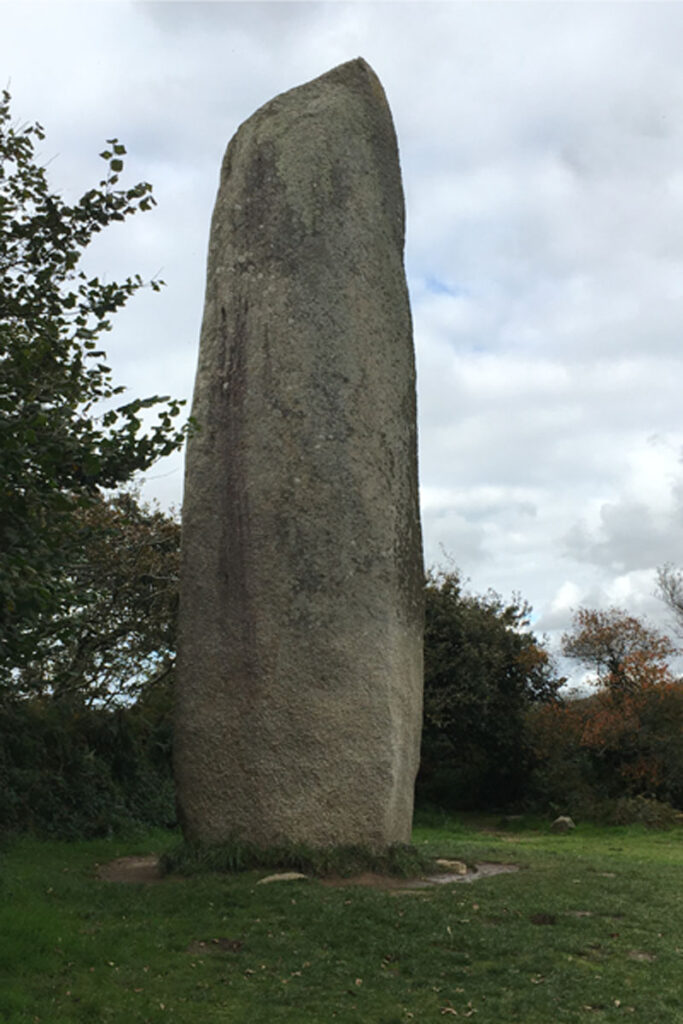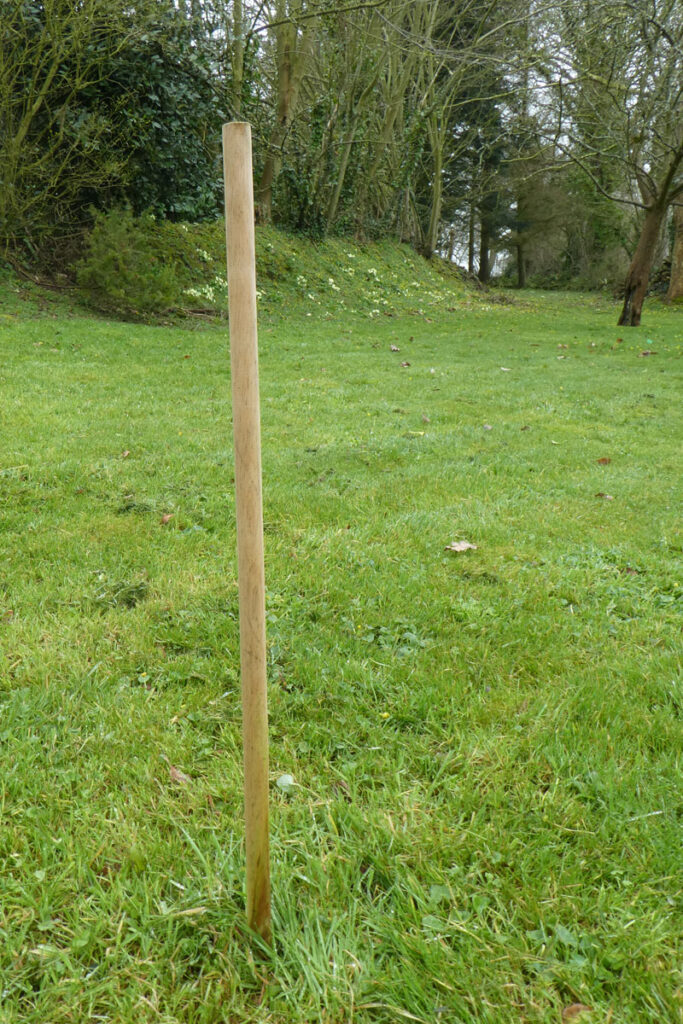Definition: Dowsing is a technique used to search for underground water veins, fault lines, and other natural and artificial earth-based information.

Why Dowse?
The dowser’s intention is to determine if the land or structure being dowsed is healthy for living or working, and provide information to aid issue mitigation.
Dowsing Tools
Many people have experiences of seeing someone dousing. Some people use a forked branch of a tree with a water affinity, such as hazel, willow, ash, green peach, or rowan. The dowser holds the forked end with two hands, and the usual indicator is a downward movement by the extended long end. Pendulums (an object suspended on a cord) also are used; the dowser holds the pendulum as a fixed point and the indicators are movement to and from, and changes in direction.
Dowsing Rods can be used for finding water and fault lines. It is exciting when the rods in your hands turn, indicating their presence deep in the ground. The adventure is to search, find and mitigate. Rods are metal, and almost any metal works, even clothing hangers, but copper and brass are more finely tuned. One third of the length of the rod is folded at a 90o angle, and becomes the handle part of the rod. A loose bamboo or wooden sleeve around the metal handle can be added.
Why Dowsing Works
We are about 75% water, as is our earth. Beneath the surface of the earth water circulates everywhere, similar to blood in the human body. The dowser looks for water veins. Our bodies know when they walk across hidden water veins; the dowser’s throat may feel sore or thick.
Human bodies are created from and are part of the touchable material of the planet. At every moment we register and respond to our planet’s magnetism, rotations, and polarities. We live bathed in a natural electromagnetic field, and our bodies are participators in the energy fields that surround us. We can unconsciously ignore, or even actively repress, the information registered by our bodies. And, if we begin consciously to seek this information, our bodies provide it, and can inform us about the places where we are living and working.
Our bodies also register beneath the surface fault lines, which are slips and breakages in the strata of the earth. Faults are associated with fire. Dry faults have no water. Wet faults are particularly problematic. The experience of a wet fault is felt less in the lungs and more between the thyroid and the lungs, in the area by the collarbone.
How to Place the Rods for Dowsing
- Hold the rods by the bamboo handles with the metal length extending in front of the body. Hold lightly, not in a choking grip. The dowser doesn’t turn the rods – the rods turn in the hands when the dowser crosses a water vein or fault.
- With elbows bent and arms a body-width apart, hold the rods parallel to each other, and parallel to the ground.
- For water veins, hold the rods slightly below your waist, near your bladder.
- For fault lines, hold the rods near the lungs.
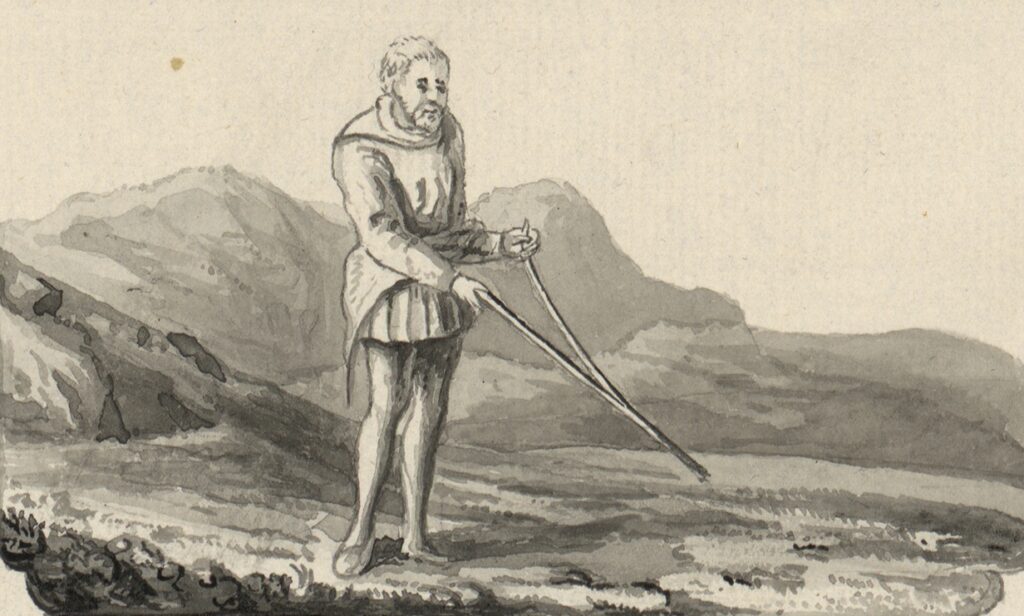
Steps to Dowsing
- Select the area you want to research. This might be open land, a property, or the
area around a structure (e.g. house, church, business, labyrinth). Note if there are any fences or other obstacles that prevent a simple circuit of the area. If so, plan how to access the information in the problem area.
- Prepare your attitude. To be in tune with the energies of the place, your body, heart and mind need to be relaxed. Your mind might enter a meditative state, e.g., set aside distractive thoughts, cynicism, doubt, mistrust. Focus on what you are doing, either water or faults.
- Rod placement: Go outside, and place the rods in the correct position for either water veins (bladder) or fault lines (lungs).
- Say your intention aloud before beginning. Take deep breaths, and relax.
- Walk around the perimeter of the chosen area at normal speed, holding the rods in position. Continue to relax and breathe evenly.
- Observe the information the earth offers. The rods will indicate a water vein or fault line by moving strongly. It’s exciting when they give feedback – just breathe, relax. Water vein edges may feel cool, and the dowser experience a thickening in the throat or other indicators. Fault lines may feel warm, and the dowser experiences a reaction in the lungs.
- Stop and mark the spot with pebbles, twigs, or pieces of cloth (lightweight so as not to change the energy reading). Select a different indicator for water veins than for faults.
- Determine the width of the water vein or fault line by stepping forward until the rods move back to their original position. Mark both sides of the find.
- Reset the intention and continue on at a normal pace, stopping to mark strong indications, and determining the width.
- Return to the markers when you finish walking the perimeter. Having determined the two edges indicating the width, it is possible to trace length. Move a short distance away from the edge markings, and dowse again. Mark where the edges of the water vein or fault line are now. Repeat for whatever distance you desire to explore. It is also possible to determine the direction of flow (see below).
Remember to rest after searching for water veins before searching for fault lines.
If a group is dowsing, walk independently at a distance from each other. Compare when all have finished.
Finding Wells
Wells take special training. Begin by getting to know a nearby well – it’s depth, capacity, quality of the water, mineral content, who uses it, any contamination, etc. When well understood, locate a second well, then a third, and so on. When dowsing set an intention for wells, and seek definite water indications. Observe that the water doesn’t flow in a direction like a water vein does.
The earth has knowledge to give. When dowsing, a relationship forms as the dowser connects through the information being accessed to a specific place.
Maladies
There are waters that heal, like Holy Wells, and bring clarity and positive energy. There also are waters that bring disturbances to the body. Certain conditions in a place may create maladies for the living beings on or near it. Indicators form in a body living with a malady for a long time; for example, if a tree is near a fault line the trunk will bend away from it.
Human beings can develop illnesses related to living over water veins or fault lines.
The dowser’s knowledge includes how to mitigate the situation.
Mitigation
Generally, the plan is to mitigate the effect of any malady beneath a structure where people spend many hours or their days or nights. For example, a critical mitigation is the bedroom, especially where the bed is positioned. If the bed is over a water vein or fault, move it or change rooms.
When the structure is healed, the health of the people improves. It may be that the answer to the “Why?” question in forming your intention was “to find any malady and mitigate it” or “to create energetic conditions for the greatest health.”
Mitigation for Water Veins
After determining the edges of the water vein, the next task is to determine the direction of flow. Step into the center briefly, and ask the rods to point the way the water is flowing. Sometimes the body tips towards the direction naturally.
Mitigation can be as simple as planting a sizeable tree, or placing a very large rock on the
water vein before it enters the structure. The stone or tree redirects the energetic flow.
| Potential Water Maladies: The excess of adrenaline created by water veins can lead to heart diseases, weakness in the kidneys, rheumatism, hyperthyroid, rapid changes of mood, prostate or uterine problems, or dormant sexual glands. | Potential Fault Maladies: Asthma, bronchitis, yeast infections, fungal problems, cancers, kidney, thymus and immune system problems. Manic depression can be related to a wet fault. |
Mitigation for Fault Lines
There is one main process called vortex acupuncture: First, locate the strongest vortex point on each side of the fault line. Place an acupuncture stick in the center of the strongest vortex. Let the house settle a week. Check by dowsing again. Make the acupuncture stick permanent (e.g. dig in a plastic pipe and fill with cement).
General mitigation for structures:
One of the most critical mitigations for a structure is to be sure that the electricity is grounded. Check the main switch box, and see that there is a copper or other wire leading out of the structure and into the yard, hopefully attached to a grounding rod. If there is no grounding wire, the owners must install one immediately. If you do nothing more towards mitigation, do this.
Resources
- Earth Alchemy: Aligning Your Home with Nature’s Energies. Parker, Anne and Susani, Dominique. This book is a primary resource.
- Energetic Geometry (the site of the experts; questions answered!
- Wikipedia on Dowsing (hunt around; lots of information here and there)
- YouTube on Dowsing (a couple of the videos are quite funny)
By Lola Wilcox
https://lolawilcox.com

